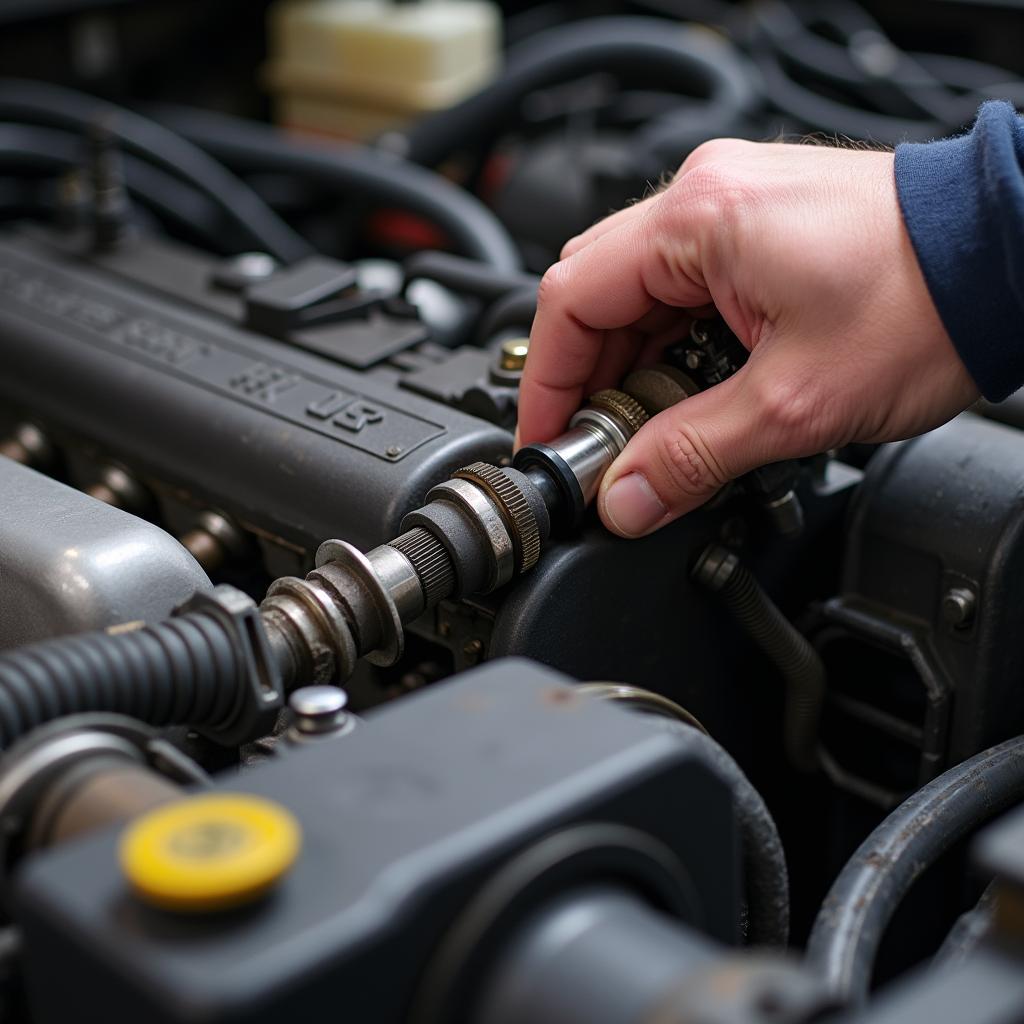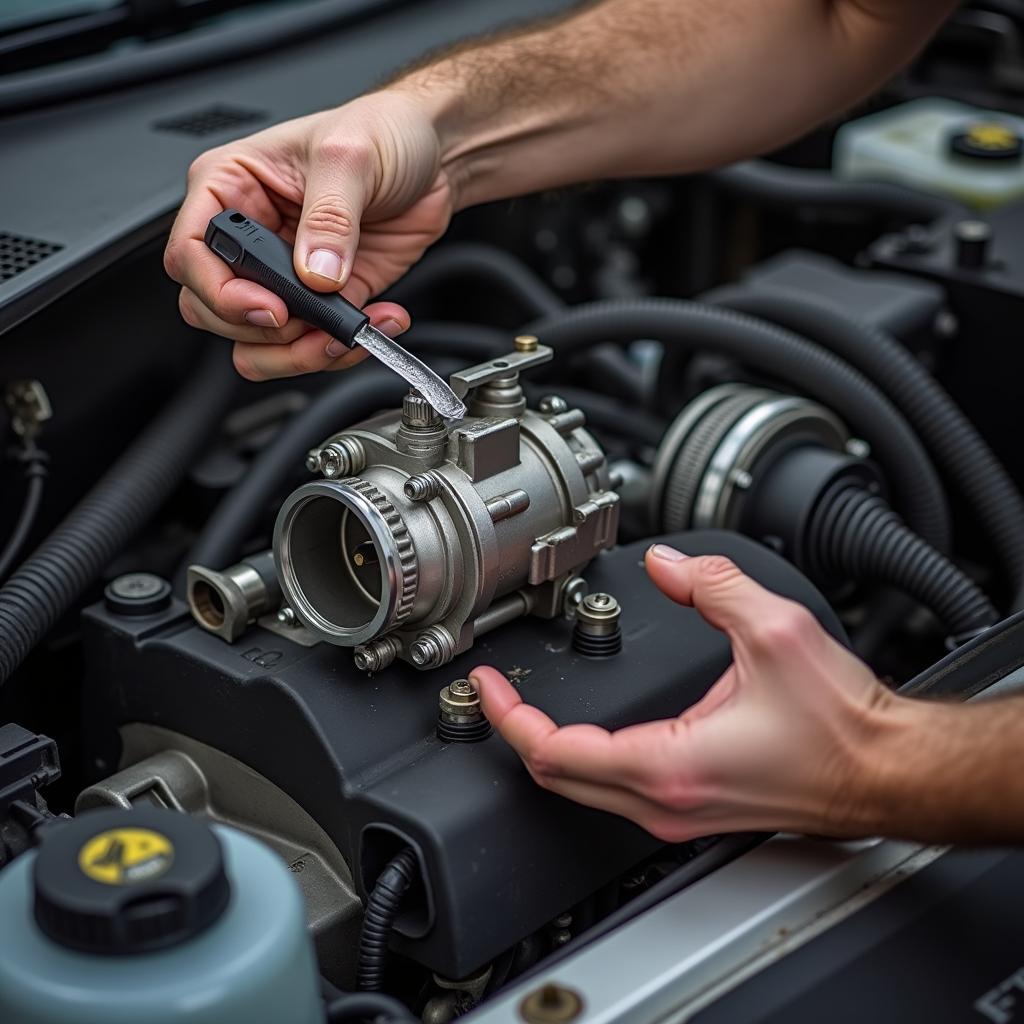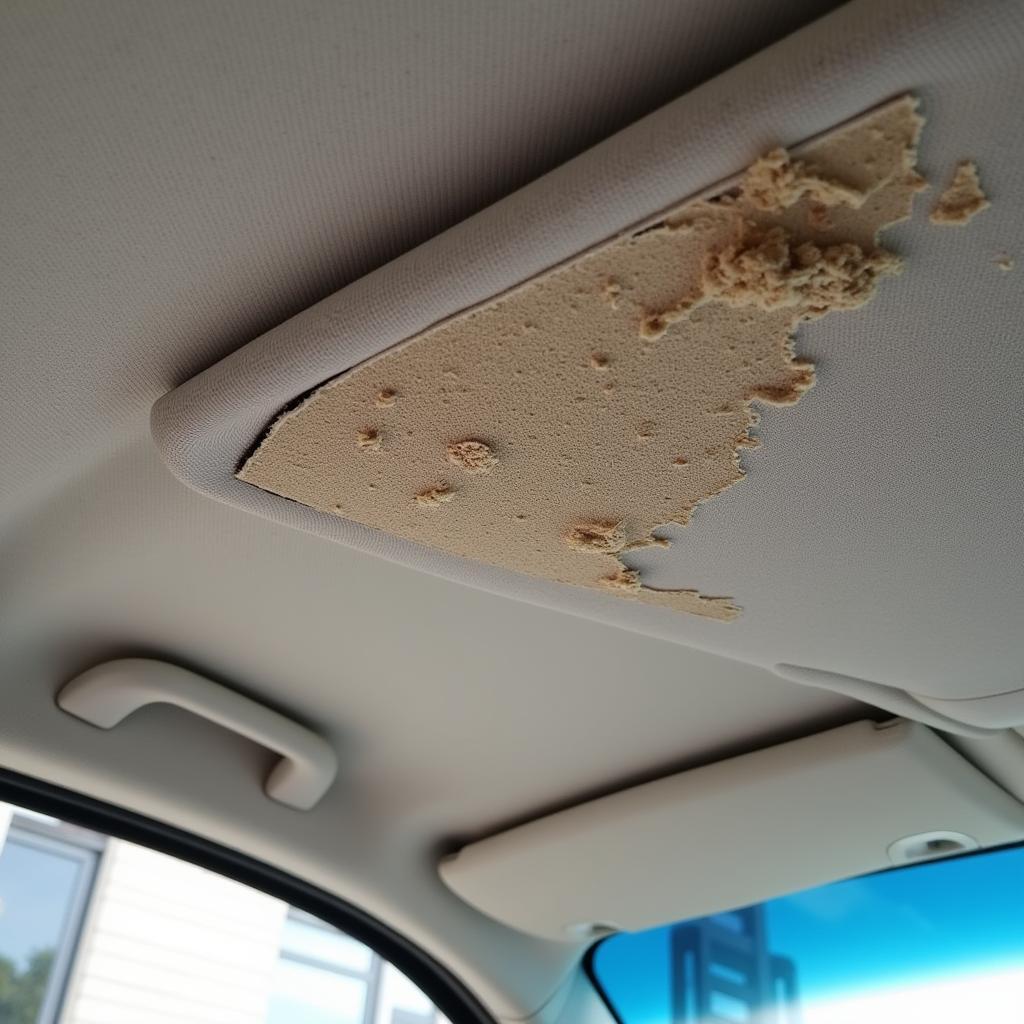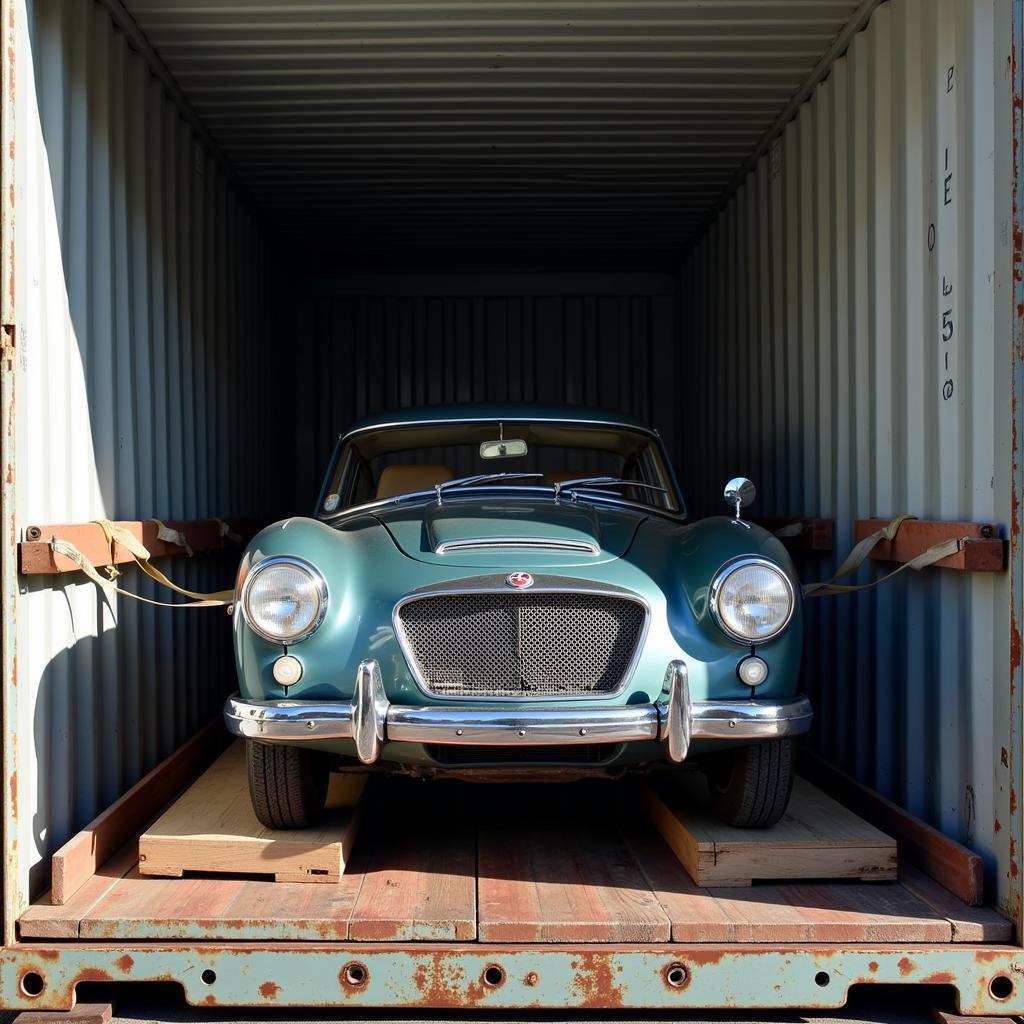A rough idle can be a frustrating problem for any car owner. Your car may start just fine, but as soon as you put it in gear, it feels like it’s going to stall. You may also notice that the engine vibrates excessively or that there is a noticeable drop in power. This issue could stem from a variety of factors, from a simple vacuum leak to a more serious engine problem. Let’s explore some potential culprits and what you can do about them.
Common Causes of a Rough Idle
Here are some of the most common reasons why your car might be experiencing a rough idle:
1. Dirty or Faulty Spark Plugs
Spark plugs are responsible for igniting the fuel-air mixture in the engine. Over time, they can become fouled with carbon deposits or wear out. A faulty spark plug can cause misfires, leading to a rough idle.
 Replacing spark plugs for a smooth idle
Replacing spark plugs for a smooth idle
2. Clogged Air Filter
The air filter prevents dirt and debris from entering the engine. A clogged air filter can restrict airflow to the engine, leading to a lean fuel mixture and a rough idle.
3. Vacuum Leak
A vacuum leak can occur when a hose or connection in the intake manifold becomes damaged or loose. This allows unmetered air to enter the engine, disrupting the air-fuel mixture and causing a rough idle.
4. Faulty Ignition System Components
The ignition system includes components like the distributor, ignition coil, and spark plug wires. A faulty ignition system can cause misfires and a rough idle.
 Checking ignition system components for proper function
Checking ignition system components for proper function
5. Faulty Fuel Injectors
Fuel injectors deliver fuel to the engine cylinders. Over time, fuel injectors can become clogged or worn out. This can cause an uneven fuel distribution, resulting in a rough idle.
6. Problems with the Oxygen Sensor
The oxygen sensor monitors the amount of oxygen in the exhaust gases. A faulty oxygen sensor can provide inaccurate readings to the engine control unit (ECU), leading to a lean fuel mixture and a rough idle.
7. Engine Misfire
An engine misfire occurs when one or more cylinders fail to ignite properly. This can be caused by a variety of factors, including faulty spark plugs, ignition coils, or fuel injectors. A misfire can result in a rough idle, reduced power, and increased fuel consumption.
8. Throttle Body Issues
The throttle body controls the amount of air entering the engine. If it’s dirty or stuck, it can disrupt airflow and lead to a rough idle.
 Cleaning the throttle body for smooth engine operation
Cleaning the throttle body for smooth engine operation
Diagnosing a Rough Idle
Before you start replacing parts, it’s important to diagnose the problem accurately. Here’s a step-by-step guide:
- Check for warning lights: If your check engine light is on, it indicates a problem with the engine control system. A code reader can help you identify the specific issue.
- Listen to the engine: A rough idle can be accompanied by other sounds, such as a rattling, knocking, or hissing noise. These sounds can provide valuable clues about the problem.
- Inspect the air filter: Remove the air filter and check for dirt and debris. A clogged filter can restrict airflow to the engine.
- Check for vacuum leaks: Carefully inspect the hoses and connections in the intake manifold for cracks, leaks, or loose connections. Use a vacuum gauge to test for leaks.
- Check the spark plugs: Inspect the spark plugs for wear, fouling, or damage. Replace them if necessary.
- Inspect the ignition system: Check the distributor cap, ignition coil, and spark plug wires for signs of wear or damage.
- Clean the throttle body: Remove the throttle body and clean it with a throttle body cleaner.
What to Do if Your Car Has a Rough Idle
If you’re experiencing a rough idle, it’s important to address the problem as soon as possible. Ignoring the issue can lead to more serious damage and costly repairs.
Here are some recommendations:
- Take your car to a qualified mechanic: If you’re not comfortable diagnosing and repairing the issue yourself, take your car to a qualified mechanic. They have the experience and tools needed to diagnose and fix the problem efficiently.
- Replace parts as needed: Once the problem has been diagnosed, replace any faulty parts. This will help restore your car’s performance and prevent further damage.
- Maintain regular maintenance: Regularly maintaining your car, including replacing fluids, filters, and spark plugs, can help prevent issues like a rough idle.
Expert Insight
“A rough idle can often be a sign of a simple issue like a clogged air filter or a vacuum leak,” says Robert Miller, an experienced automotive technician. “However, it’s important to diagnose the problem correctly to avoid unnecessary repairs. If you’re unsure about the cause, it’s always best to consult with a qualified mechanic.”
Frequently Asked Questions
Q: Can a rough idle cause my car to stall?
A: Yes, a rough idle can cause your car to stall, especially when you shift into gear. This is because the engine is not running smoothly and may not have enough power to maintain a consistent speed.
Q: What happens if I ignore a rough idle?
A: Ignoring a rough idle can lead to more serious engine problems, including damage to the catalytic converter, increased fuel consumption, and reduced performance.
Q: How much does it cost to fix a rough idle?
A: The cost of fixing a rough idle can vary depending on the underlying cause. A simple repair like replacing a spark plug or air filter can be relatively inexpensive. However, more complex repairs, such as replacing an engine control unit or fuel injectors, can be more expensive.
Q: How can I prevent a rough idle?
A: Regular maintenance, including replacing fluids, filters, and spark plugs, can help prevent a rough idle. Additionally, keeping your engine clean and free of dirt and debris can also help.
If you’re experiencing a rough idle, don’t wait to get it fixed. Contact AutoTipPro today at +1 (641) 206-8880 or visit us at 500 N St Mary’s St, San Antonio, TX 78205, United States, for a comprehensive diagnosis and repair.






Leave a Reply